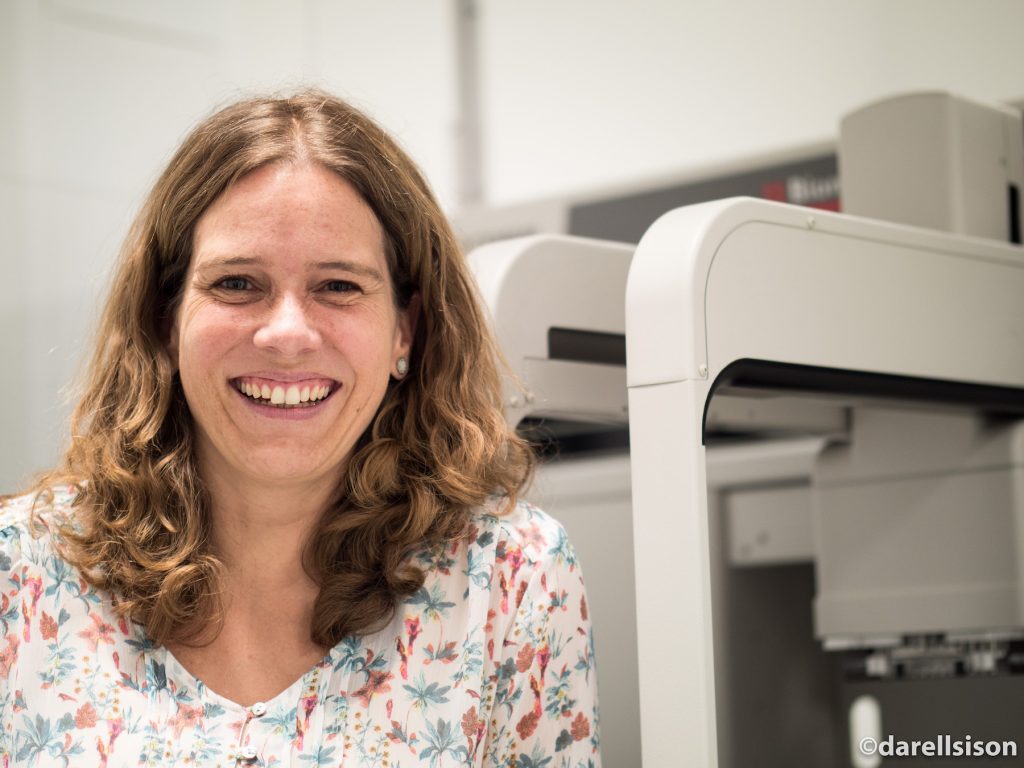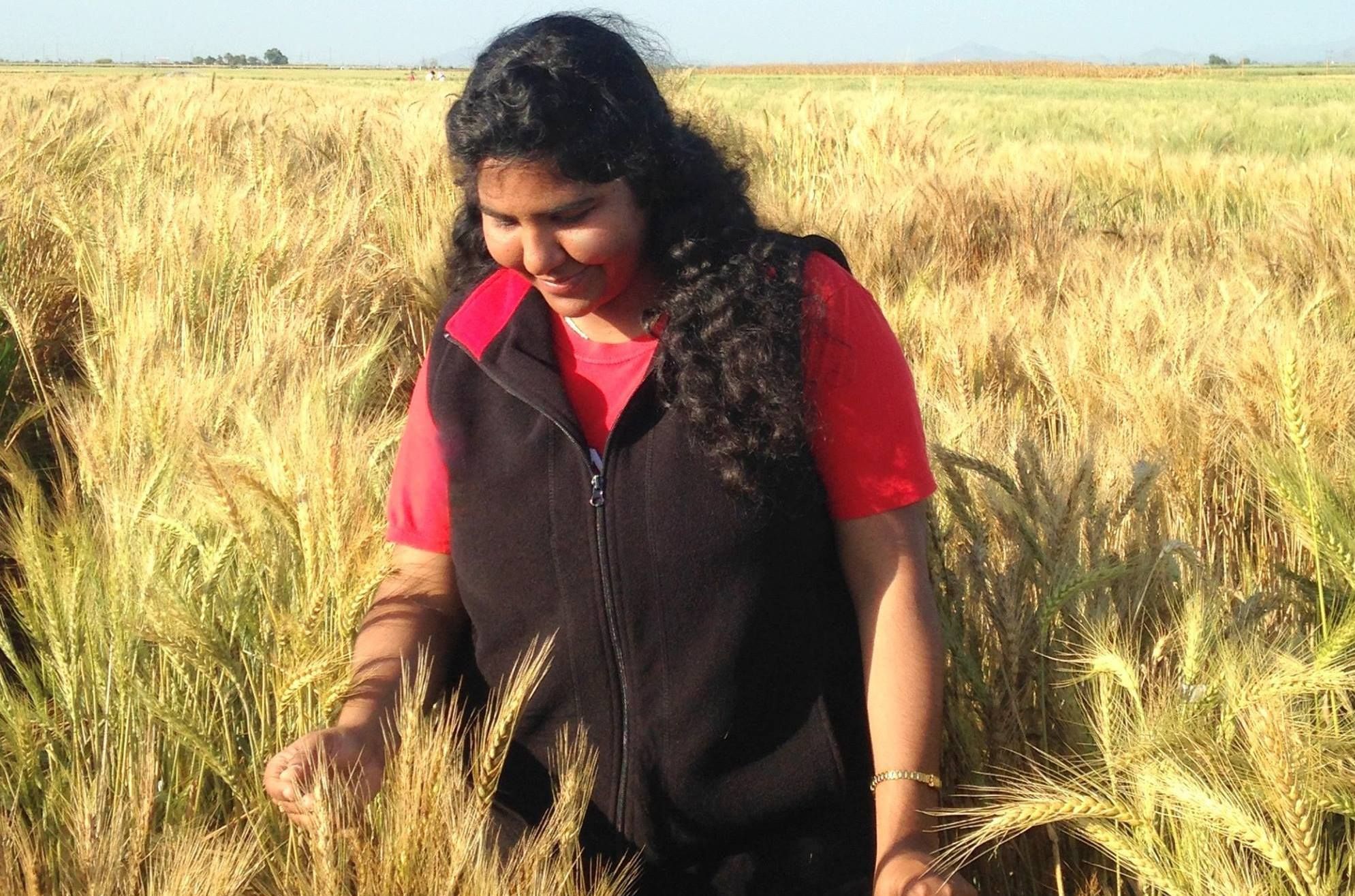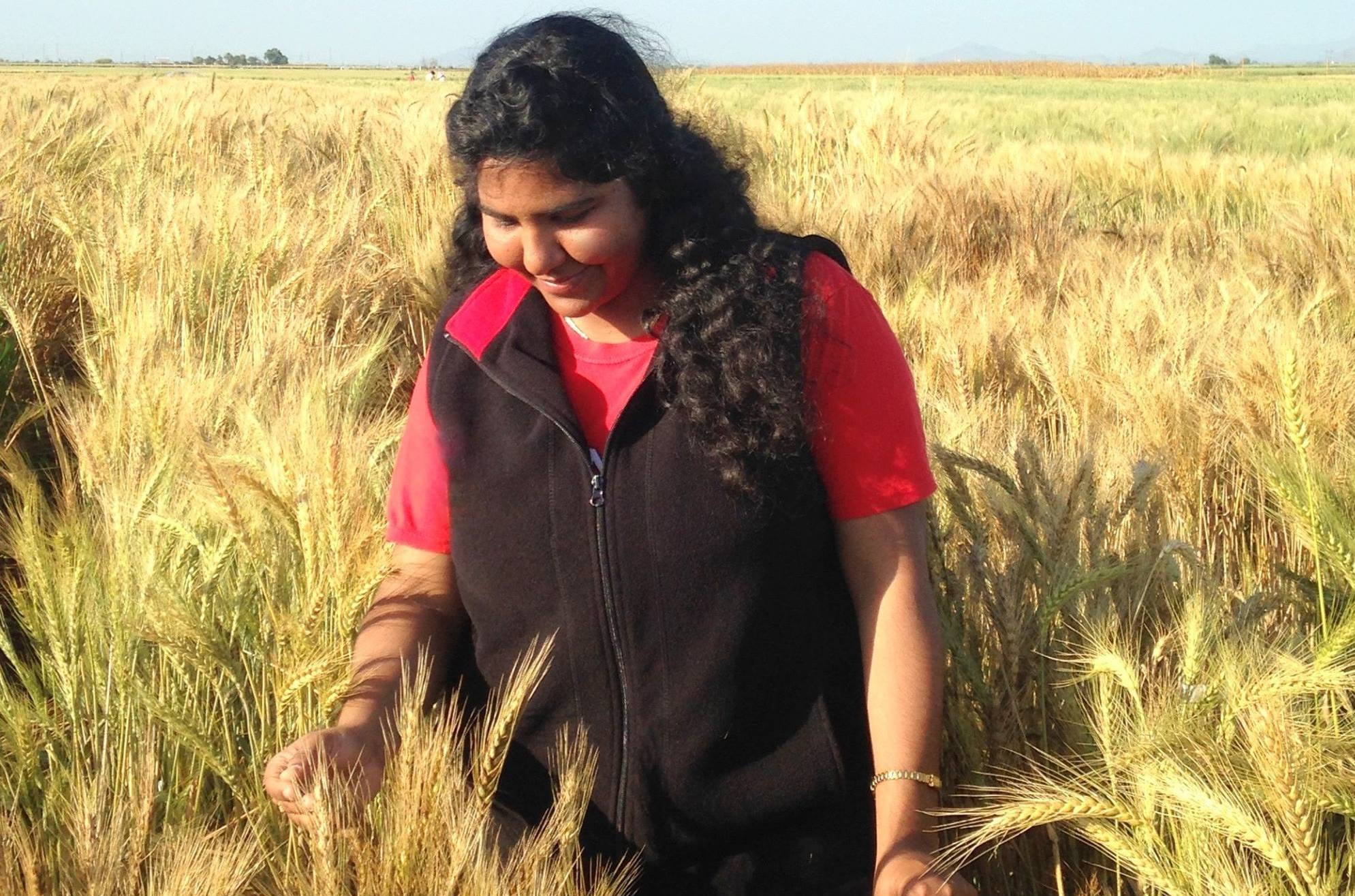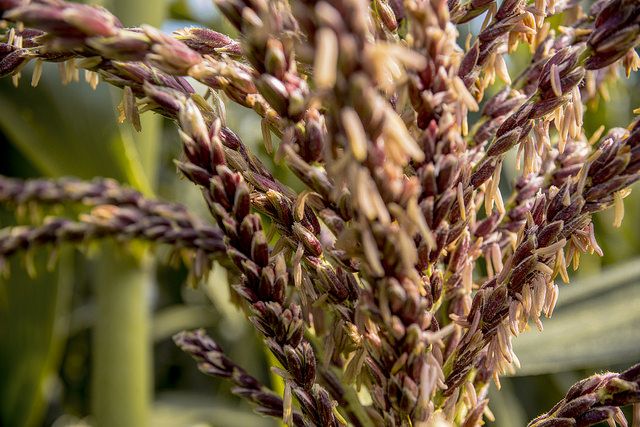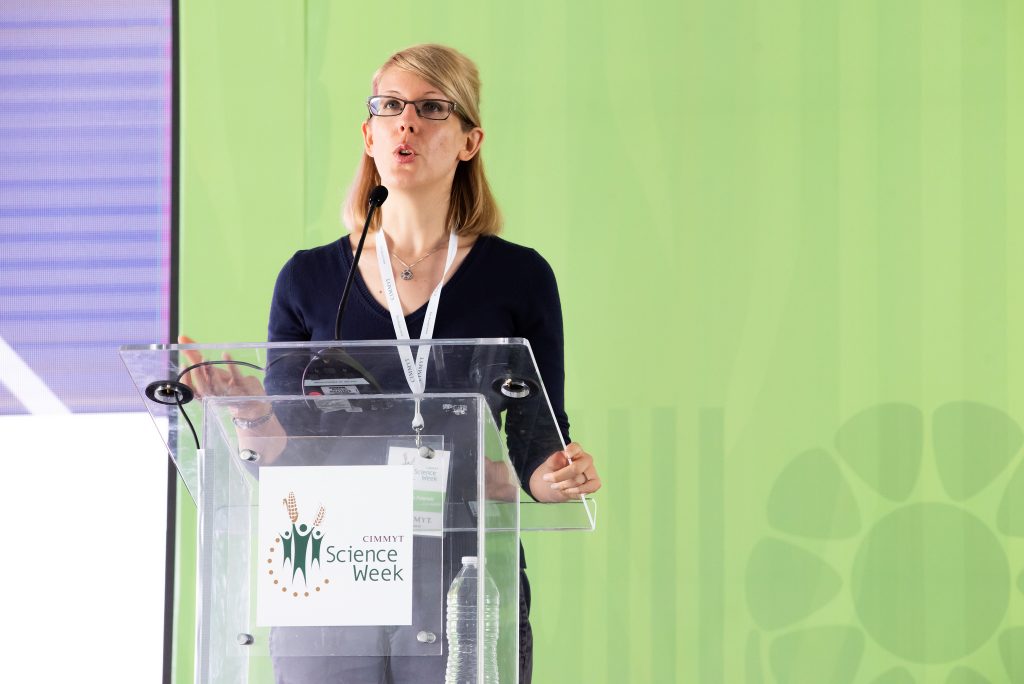Scientists use DNA fingerprinting to gauge the spread of modern wheat in Afghanistan

Despite the severe social and political unrest that constrain agriculture in Afghanistan, many farmers are growing high-yielding, disease resistant varieties developed through international, science-based breeding and made available to farmers as part of partnerships with national wheat experts and seed producers.
These and other findings have emerged from the first-ever large-scale use of DNA fingerprinting to assess Afghanistan farmers’ adoption of improved wheat varieties, which are replacing less productive local varieties and landraces, according to a paper published yesterday in the science journal BMC Genomics.
The study is part of an activity supported between 2003 and 2018 by the Australian Department of Foreign Affairs and Trade, through which the Agricultural Research Institute of Afghanistan and the International Maize and Wheat Improvement Center (CIMMYT) introduced, tested, and released improved wheat varieties.
“As part of our study, we established an extensive ‘reference library’ of released varieties, elite breeding lines, and Afghan wheat landraces,” said Susanne Dreisigacker, wheat molecular breeder at CIMMYT and lead author of the new paper.
“We then compared wheat collected on farmers’ fields with the reference library. Of the 560 wheat samples collected in 4 provinces during 2015-16, farmers misidentified more than 40%, saying they were of a different variety from that which our DNA analyses later identified.”
Wheat is the most important staple crop in Afghanistan — more than 20 million of the country’s rural inhabitants depend on it — but wheat production is unstable and Afghanistan has been importing between 2 and 3 million tons of grain each year to meet demand.
Over half of the population lives below the poverty line, with high rates of malnutrition. A key development aim in Afghanistan is to foster improved agronomic practices and the use of high quality seed of improved wheat varieties, which together can raise yields by over 50%.
“Fungal diseases, particularly yellow rust and stem rust, pose grave threats to wheat in the country,” said Eric Huttner, research program manager for crops at the Australian Centre for International Agricultural Research (ACIAR) and co-author of the present paper. “It’s crucial to know which wheat varieties are being grown where, in order to replace the susceptible ones with high-performing, disease resistant varieties.”
Varietal adoption studies typically rely on questionnaires completed by breeders, extension services, seed producers, seed suppliers, and farmers, but such surveys are complicated, expensive, and often inaccurate.
“DNA fingerprinting resolves uncertainties regarding adoption and improves related socioeconomic research and farm policies,” Huttner explained, adding that for plant breeding this technology has been used mostly to protect intellectual property, such as registered breeding lines and varieties in more developed economies.
This new study was commissioned by ACIAR as a response to a request from the Government of Afghanistan for assistance in characterizing the Afghan wheat gene bank, according to Huttner.
“This provided the reference library against which farmers’ samples could be compared,” he explained. “Accurately identifying the varieties that farmers grow is key evidence on the impact of introducing improved varieties and will shape our future research
Joint research and development efforts involving CIMMYT, ACIAR, the Food and Agriculture Organization (FAO) of the United Nations, the International Centre of Agricultural Research in Dry Areas (ICARDA), French Cooperation, and Afghanistan’s Ministry of Agriculture, Irrigation and Livestock (MAIL) and Agricultural Research Institute (ARIA) have introduced more than 400 modern, disease-resistant wheat varieties over the last two decades. Nearly 75% of the wheat grown in the areas surveyed for this study comes from these improved varieties.
“New sequencing technologies are increasingly affordable and their cost will continue to fall,” said Dreisigacker. “Expanded use of DNA fingerprinting can easily and accurately identify the wheat cultivars in farmers’ fields, thus helping to target breeding, agronomy, and development efforts for better food security and farmer livelihoods.”
For more information, or to arrange interviews with the researchers, please contact:
Marcia MacNeil, Wheat Communications Officer, CIMMYT
M.MacNeil@cgiar.org, +52 (55) 5804 2004, ext. 2070
Rodrigo Ordóñez, Communications Manager, CIMMYT
r.ordonez@cgiar.org, +52 (55) 5804 2004, ext. 1167
About CIMMYT
The International Maize and Wheat Improvement Center (CIMMYT) is the global leader in publicly funded maize and wheat research and related farming systems. Headquartered near Mexico City, CIMMYT works with hundreds of partners throughout the developing world to sustainably increase the productivity of maize and wheat cropping systems, thus improving global food security and reducing poverty. CIMMYT is a member of CGIAR and leads the CGIAR Research Programs on Maize and Wheat, and the Excellence in Breeding Platform. The center receives support from national governments, foundations, development banks and other public and private agencies.
About ACIAR
As Australia’s specialist international agricultural research for development agency, the Australian Centre for International Agricultural Research (ACIAR) brokers and funds research partnerships between Australian scientists and their counterparts in developing countries. Since 1982, ACIAR has supported research projects in eastern and southern Africa, East Asia, South and West Asia and the Pacific, focusing on crops, agribusiness, horticulture, forestry, livestock, fisheries, water and climate, social sciences, and soil and land management. ACIAR has commissioned and managed more than 1,500 research projects in 36 countries, partnering with 150 institutions along with more than 50 Australian research organizations.
About Afghanistan’s Ministry of Agriculture, Irrigation and Livestock
The Ministry of Agriculture, Irrigation and Livestock (MAIL) of the Islamic Republic of Afghanistan works on the development and modernization of agriculture, livestock and horticulture. The ministry launches programs to support the farmers, manage natural resources, and strengthen agricultural economics. Its programs include the promotion and introduction of higher-value economic crops, strengthening traditional products, identifying and publishing farm-tailored land technologies, boosting cooperative programs, agricultural economics, and export with marketing.







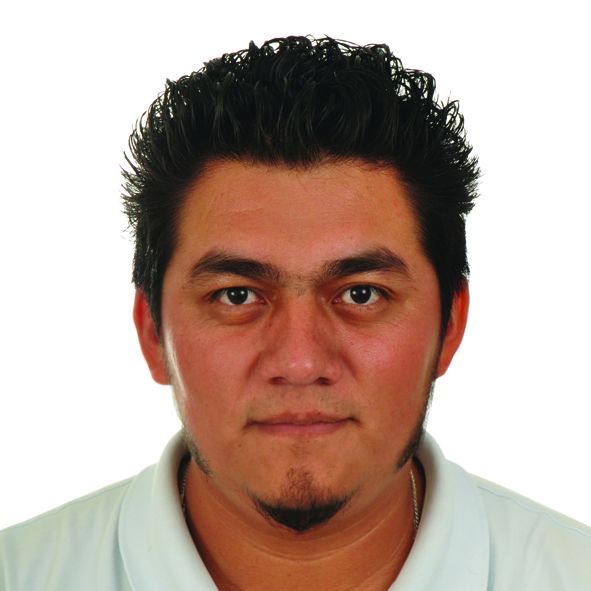



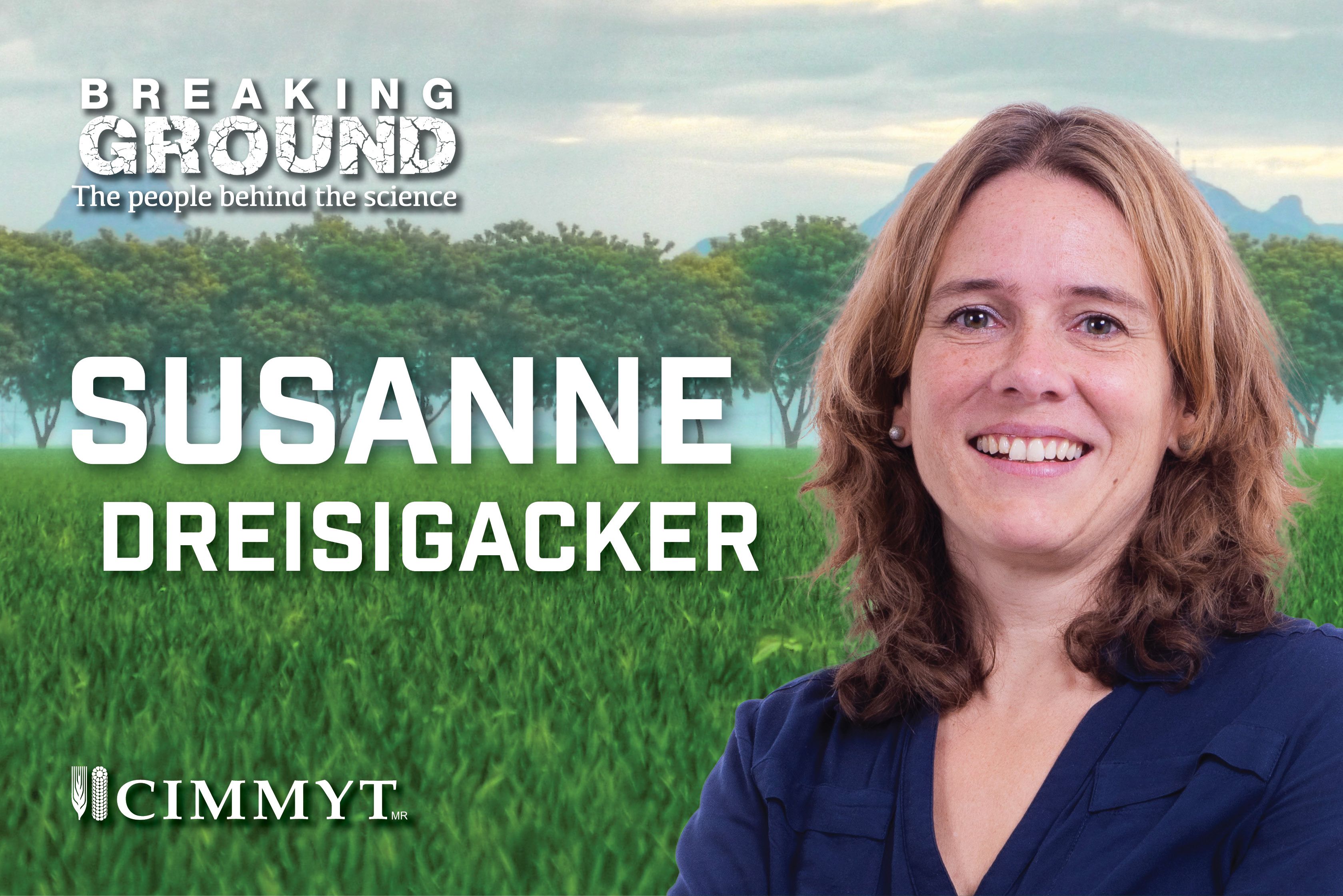
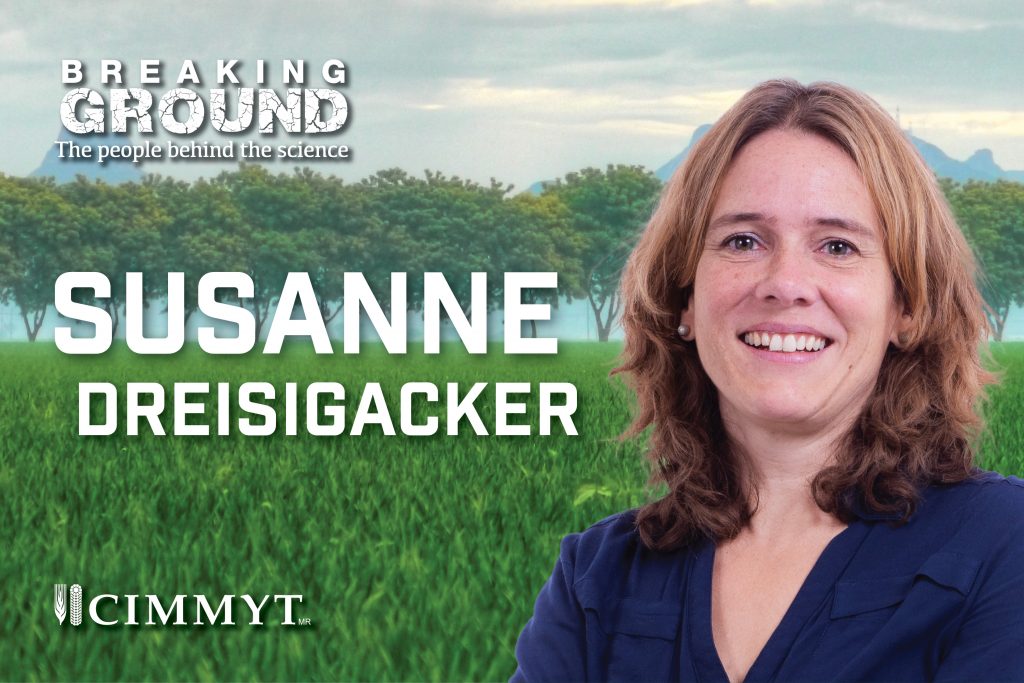 EL BATAN, Mexico (CIMMYT) — Through pure coincidence, Susanne Dreisigacker fell into the world of agricultural science and landed in Mexico. Her interest in genetics and biology solidified when she arrived at the
EL BATAN, Mexico (CIMMYT) — Through pure coincidence, Susanne Dreisigacker fell into the world of agricultural science and landed in Mexico. Her interest in genetics and biology solidified when she arrived at the 